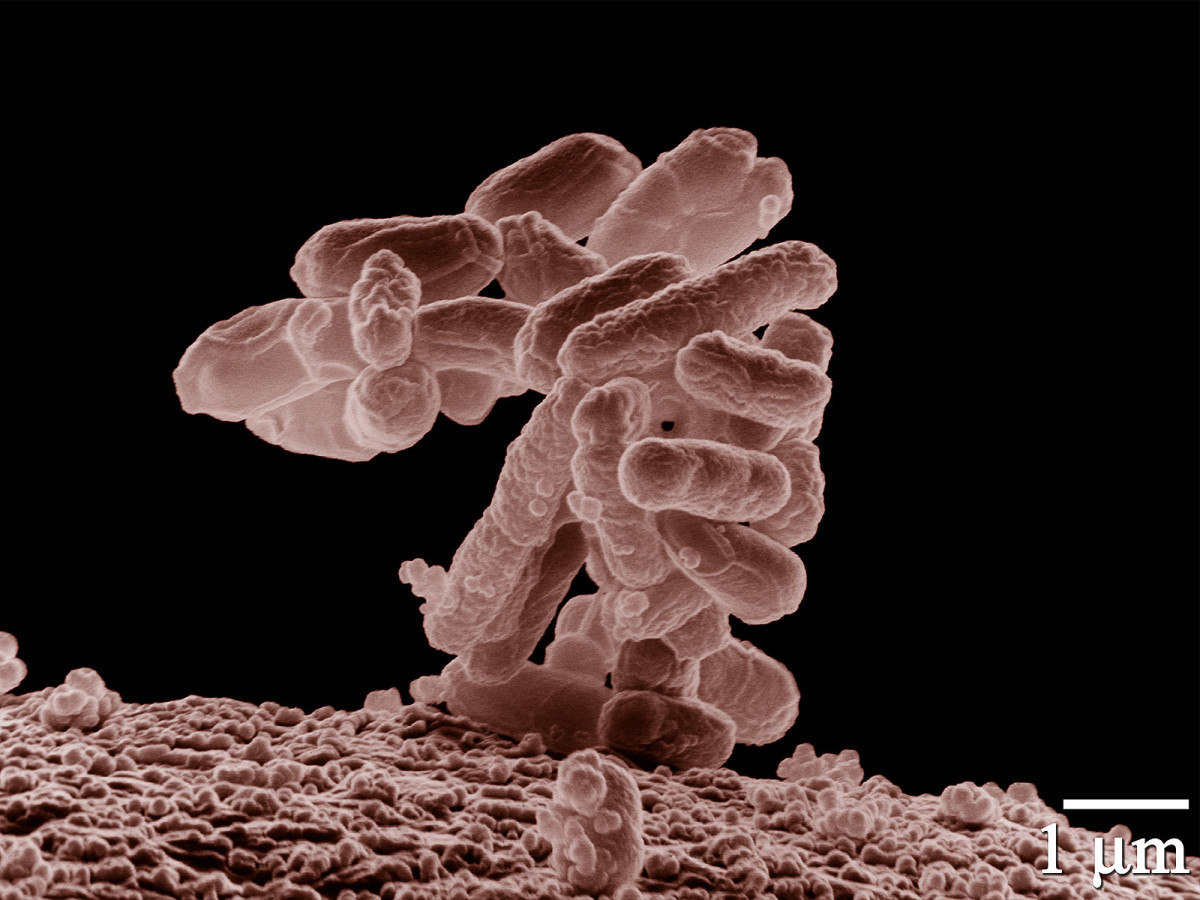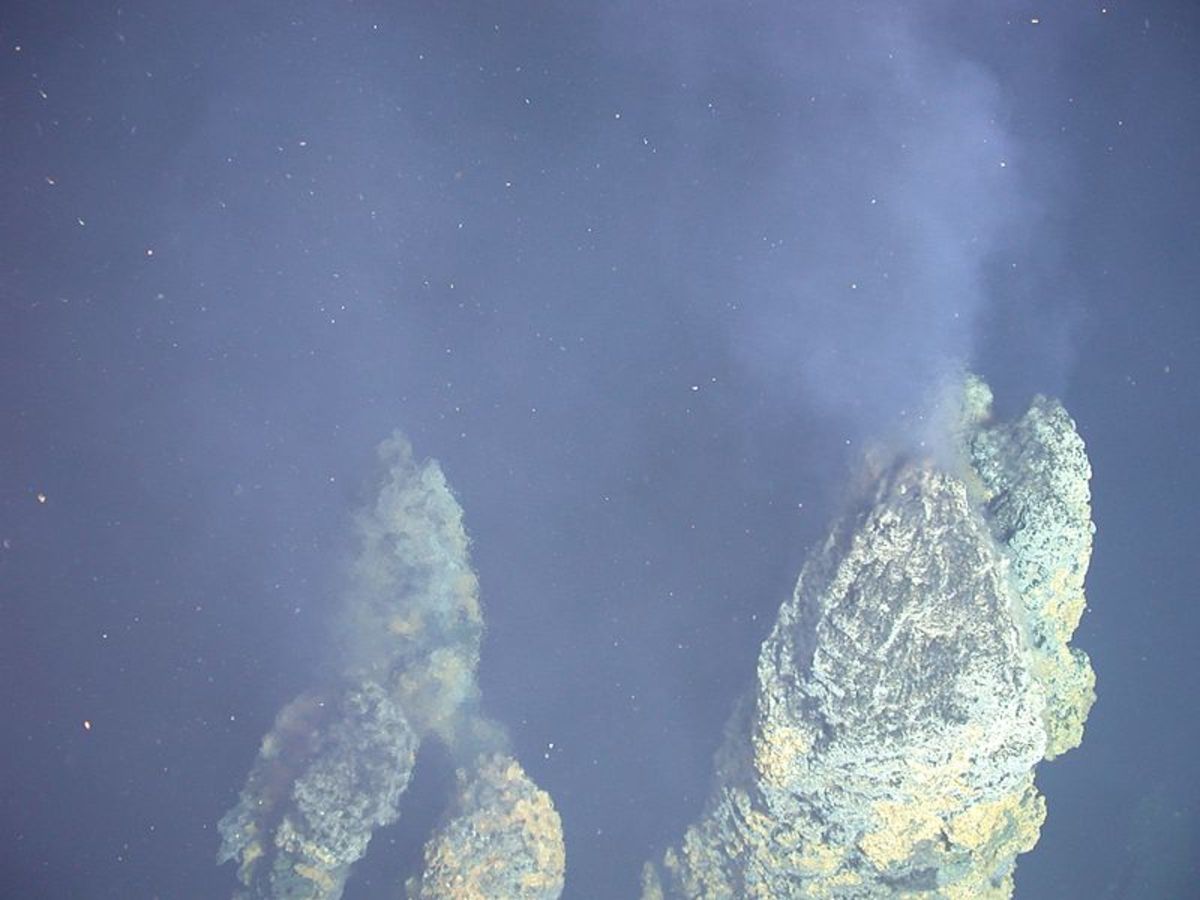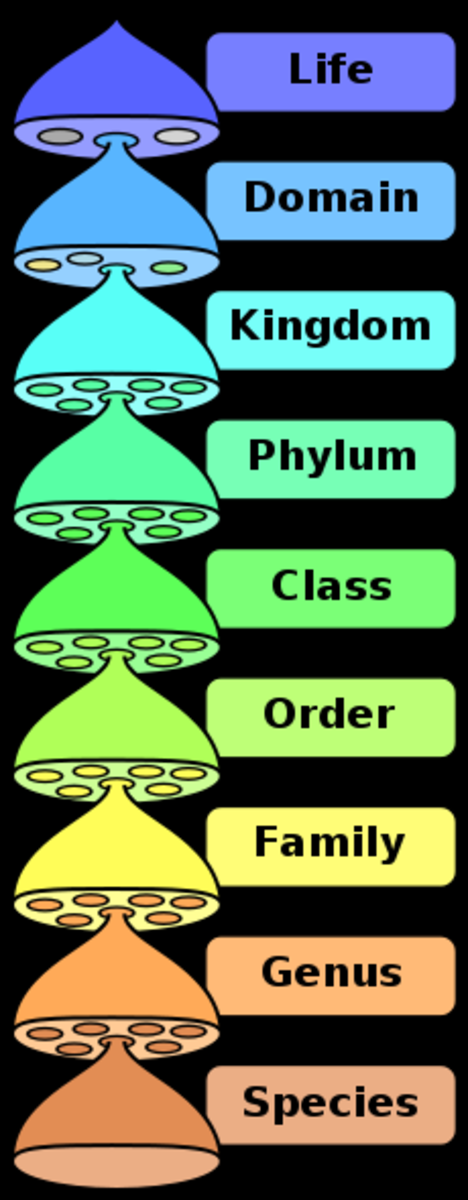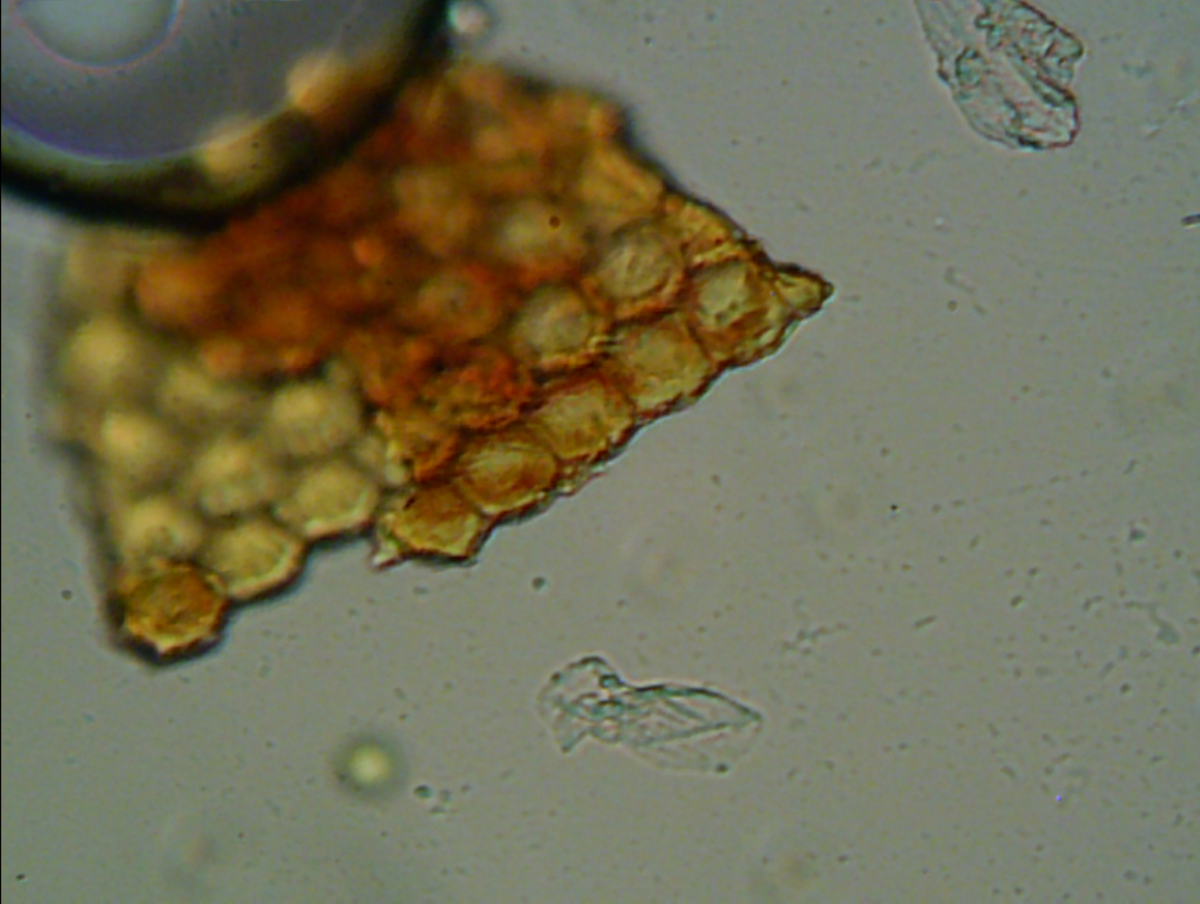Biotechnology Basics
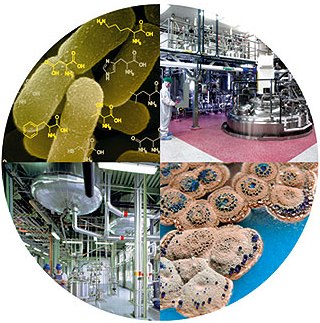
Biotechnology involves the exploitation of living organisms or biological processes to improve agriculture, animal husbandry, food science, medicine and industry,
Microorganisms (e.g. bacteria anad fungi) are often used in biotechnological processes because they:
- Grow rapidly in favourable conditions (i.e. conditions that are not hard or expensive to achieve), with a generation time of as little as 30 minutes.
- Can be genetically engineered to produce specific products e.g. the bacteria E.coli are genetically modified to carry the human insulin gene.
- Often produce proteins or chemicals that are given out into the surrounding medium and can be harvested e.g. the fungus A. niger, when grown in certain conditions, will produce and secrete the pectinase enzyme which is then used in fruit juice extraction.
- Can be grown anywhere in the world and are not dependent on climate.
- Tend to generate products that are in a more pure form than those generated via chemical processes.
- Can often be grown using nutrient materials that would otherwise be useless or even toxic to humans.


There are many things that can be produced using biotechnological processes and these include:
- The production of food - e.g. cheese, yoghurt, mycoprotein (meat alternative), soya sauce etc.
When the bacteria 'Lactobacillus' grows in milk it changes the flavour and texture and produces yoghurt. The growth of the Lactobacillus also prevents the growth of other bacteria that would contaminate and spoil the yoghurt, thus also making it a preservative.
When the fungus 'Fusarium' is grown in culture it produces mycelium which is then separated and made into meat alternatives (such as quorn).
Roasted soya beans are fermented with fungi (such as Aspergillus) ro produce soya sauce.
- The production of pharmaceuticals
The fungus Penicillim, when grown in culture, will produce the antibiotic Penicillin as a by-product of it's metabolism.
As mentioned above, the bacteria E.coli can be genetically modified to carry the human insulin gene and secrete insulin as they grow.
- Bioremidation - the use of introduced microorganisms to consume and break down environmental pollutants, for example water waste treatment.
A variety of fungi and bacteria will use the organic waste in the water as nutrients to live and grow and subsequently make the water harmless for humans.
- The production of chemicals/enzymes for commercial use.
The fungus A.niger will produce citric acid as a by-product of it's metabolism which can then be used in things like detergents and cleaning products.
Metanogenic bacteria that are grown on concentrated sewage waste generate gases as a result of anaerobic respiration. These gases can then be used as biogas fuel.
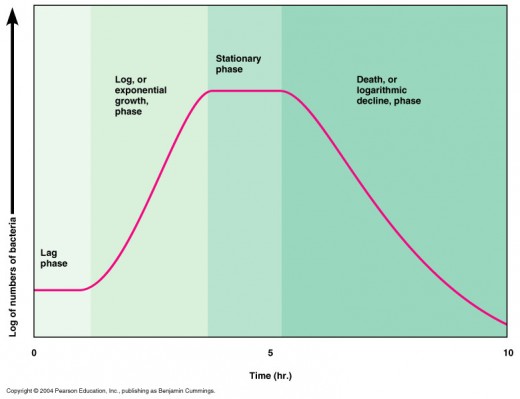
The Growth Curve
When a small number of organisms are placed into a closed culture then the population growth will happen in a very predictable way. When you plot this growth over time then it produces the above graph, called the growth curve. A closed culture refers to the growth of microorganisms in a culture where all of the conditions are fixed and maintained and no new nutrients, materials or organisms are added or taken away.
There are different stages in the growth curve and these are:
- The lag phase
This is where organisms are adjusting to the surrounding conditions, adjustments may include taking in water, activating specific genes and synthesizing and producing various enzymes. The cells are active but not reproducing so population remains fairly constant and the length of this period depends on the growing conditions of the culture.
- The log phase
The population size doubles each generation as each individual has enough space and nutrients to reproduce for example in some types of bacteria the population can double every 20-30 mins. The length of this phase depends on how quickly the organisms reproduce and take up the available space and nutrients.
- The stationary phase
Nutrient levels decrease and waste products like carbon dioxide and other metabolites build up. Individual organisms will die at the same rate at which new individuals are being produced. Therefore the population remains fairly constant and doesn't increase or decrease.
- The death phase
The micro-organisms will exhaust the supply of available nutrients and the levels of toxic waste will increase. This increase in products and metabolites will lead to the death rate increasing above the reproduction rate and eventually all of the organisms will die.
Primary and Secondary Metabolites
Primary metabolites are substances produced by an organism as part of its normal growth.The production of primary metabolites matches the growth in population of the organism. Primary metabolites include amino acids, enzymes, proteins, lactate and ethanol.
Secondary metabolites are substances produced by an organism that are not part of its normal growth. The production of secondary metabolites usually begins after the main growth period of the organism and so does not match the growth in population of the organism. Secondary metabolites include any antibiotic chemicals that are produced.

